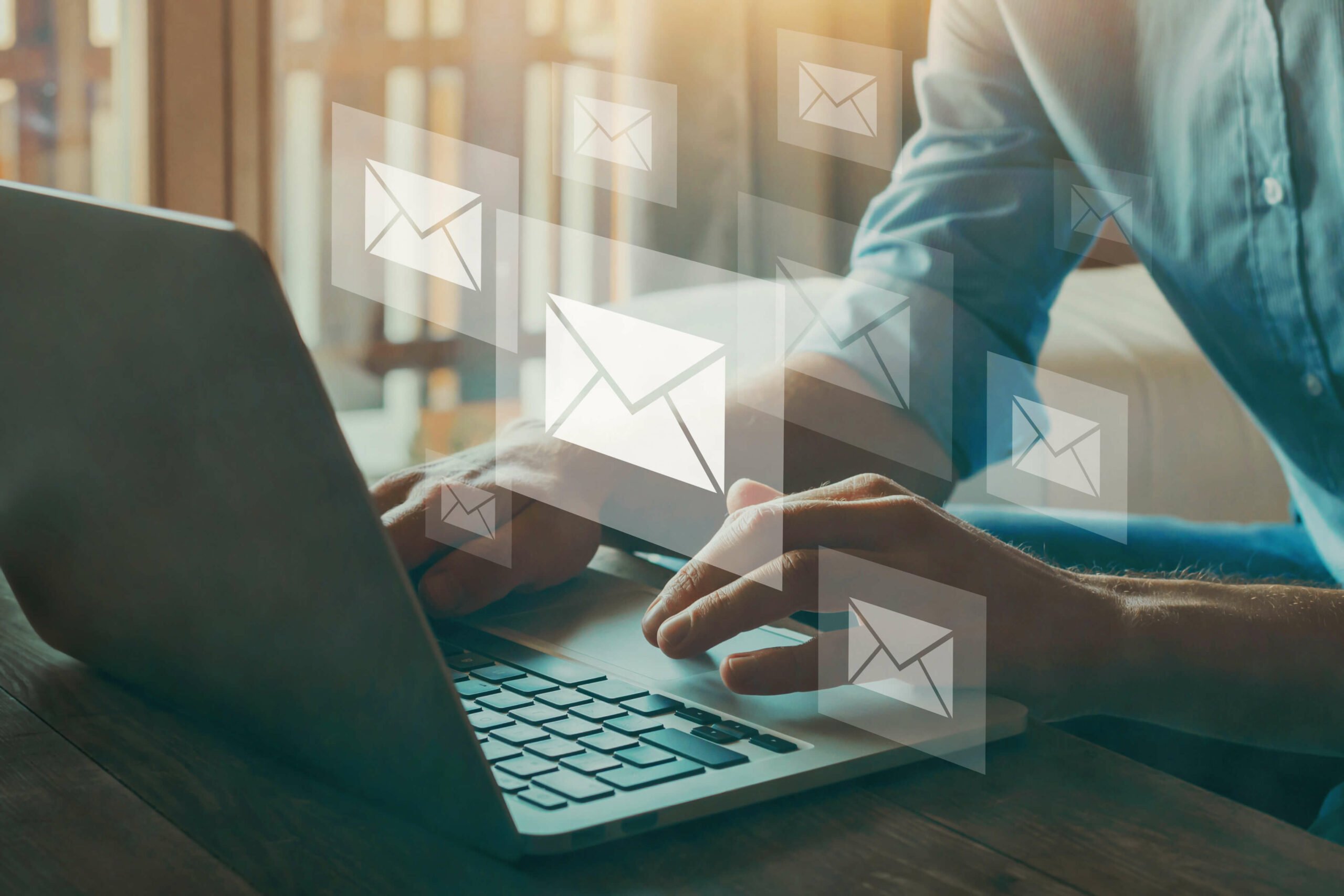Companies must implement clear guidelines to help their employees navigate today’s data security risks. Hackers can use email attacks to steal personal information and even break into the company’s email address system if employees are unaware of the signs of a possible attack.
Top Email Security Tips & Best Practices
Here are the main email security tips for users that companies should enforce for better data protection.
1. Always Create a Unique Password
With today’s work requiring the usage of various kinds of platforms and services, many employees tend to use the same password that’s easy for them to remember. However, the fact is that doing so is extremely careless.
By using the same password for all your accounts, you are making it easier for hackers to launch brute force attacks and guess the password to multiple of your profiles. It’s best to devise unique, strong passwords for each account so that if one gets hacked, the rest are still safe.
2. Use Separate Accounts
Nowadays, it’s become commonplace to receive email newsletters, special offers, alerts, and notifications in your inbox from many sources. The danger for users is if all of your work emails, personal emails, and spam emails are being sent to the same account. You will be at a much higher risk of accidentally opening a malicious email.
It’s safer to create separate email accounts for different purposes. Besides minimising the chances of email attacks, it’s a good method of reorganising and prioritising your emails, because only your work emails will go to your work email account.
3. Be Aware of Your Company’s Email Use Guidelines
Don’t unnecessarily expose your work email address to contacts that aren’t business-related. By limiting the number of contacts you communicate with outside the company, you reduce the chance of hackers targeting your work email address.
This should also be a rule across all companies: using work email addresses to send personal email messages is prohibited. Make sure your company guidelines reflect expectations surrounding personal devices and incident reporting. In the event of a data breach, you want to have clear security protocols for handling this.
4. Look Out for Phishing Scams

If you receive an email from an unfamiliar address that requests you to divulge your personal information, it’s most likely a phishing scam. Typically, phishing scams will inform you that something is wrong, such as your account not working correctly, and then ask for your account information to fix it. Ignore these.
If such an email does come from someone that you recognise (i.e., a person in your workplace), it’s safer to get in touch with that person directly to confirm that they sent the email. Take all the necessary precautions to ensure that everything is okay before sending out any sensitive information.
Read this article for more details about different types of email attacks, including phishing attacks.
5. Do Not Simply Open Any Links
One of the easiest ways hackers catch users unawares is to have them click on a link that takes them to a malicious site. According to Google Safe Browsing, the search engine has registered 2,145,013 phishing sites as of Jan 17, 2021.
Employees should follow this basic rule: If the link is sent from an unknown or suspicious sender, don’t click on it. Instead, hover over the link itself to see what the entire URL is.
6. Do Not Download or Open Unfamiliar Attachments
For any email that you receive, if you weren’t expecting an attachment, don’t open it. It’s easy to disguise malicious attachments as something they’re not. Verify the sender’s email address and the contents of the attachment first before potentially exposing your computer to unwanted viruses.
7. Secure All BYOD Devices

While bring-your-own-device (BYOD) policies are becoming the norm across many companies to save costs, such devices can be compromised if not properly secured. Using clean and secure devices can help prevent a data breach even if an employee makes a mistake by downloading malware.
If employers are providing these devices, they should have their IT team or specialist install the latest security software and control the security settings to prevent employees from downloading risky apps. If employees are permitted to bring their personal computers to work, make sure they follow the company’s data security guidelines closely.
8. Implement Multi-Factor Authentication
We at Primary Guard believe that multi-factor authentication is a necessary step all companies should take to, not only increase their email address system’s security but also improve their overall data protection. It’s quick and easy to implement.
Secure all work email accounts with multi-factor authentication and make sure employees can’t change the settings. Since employees will most likely not do this on their own, come up with a clear company policy that illustrates step-by-step how to easily set up multi-factor authentication.
Protect Your Vulnerable Email Accounts
By having your employees practice these email security tips for users, your company can avoid costly mistakes and downtime associated with data breaches. Ensure that your data, business assets, and employees are safe in today’s digital world.
Ready to get the best protection tailored for your company’s data needs? Check out Primary Guard’s services for Access Control Management and Data Protection today.
